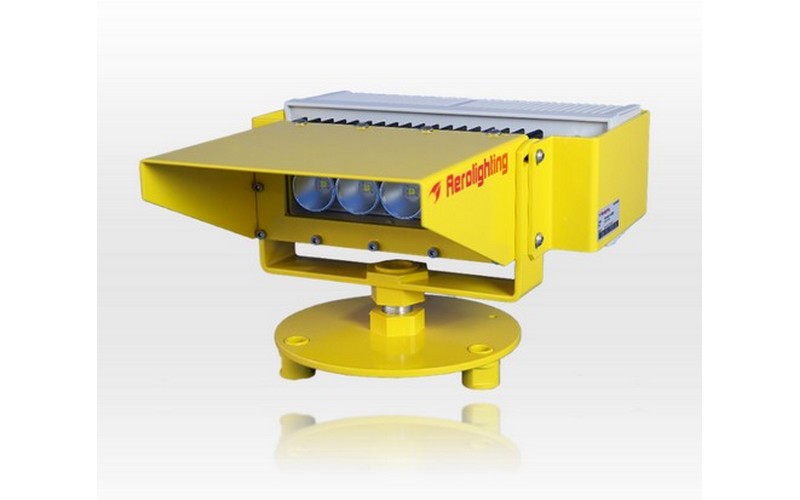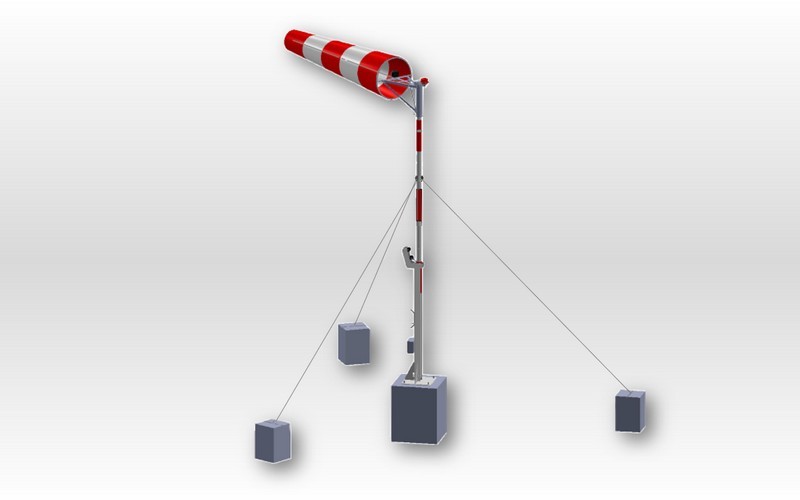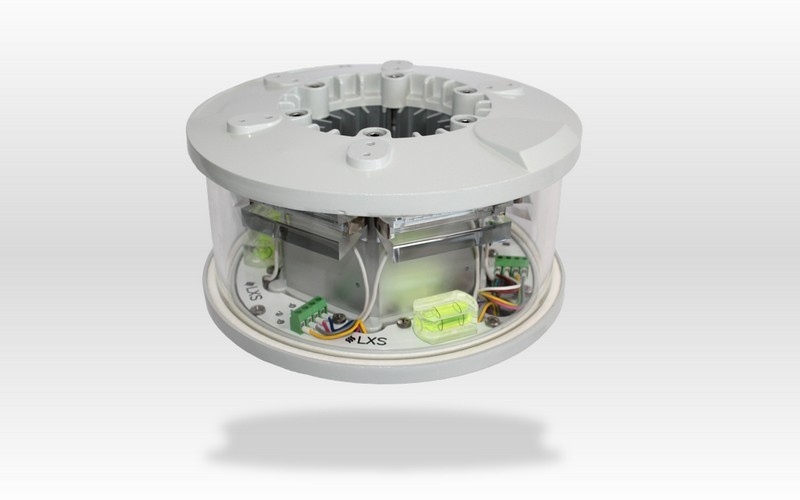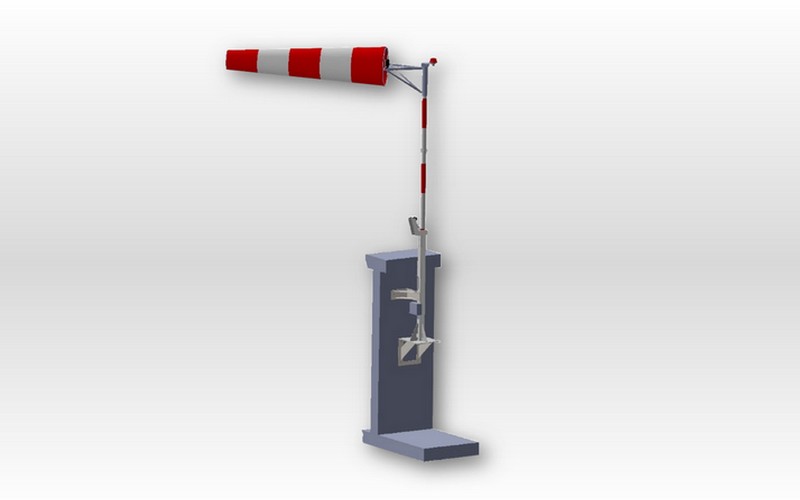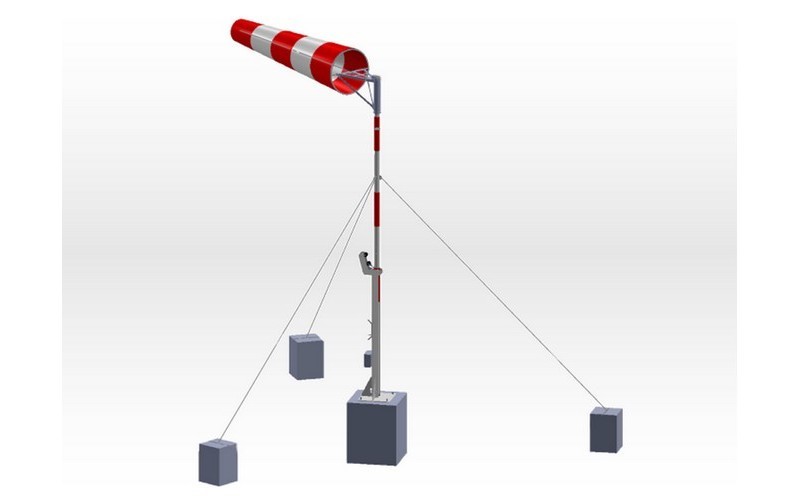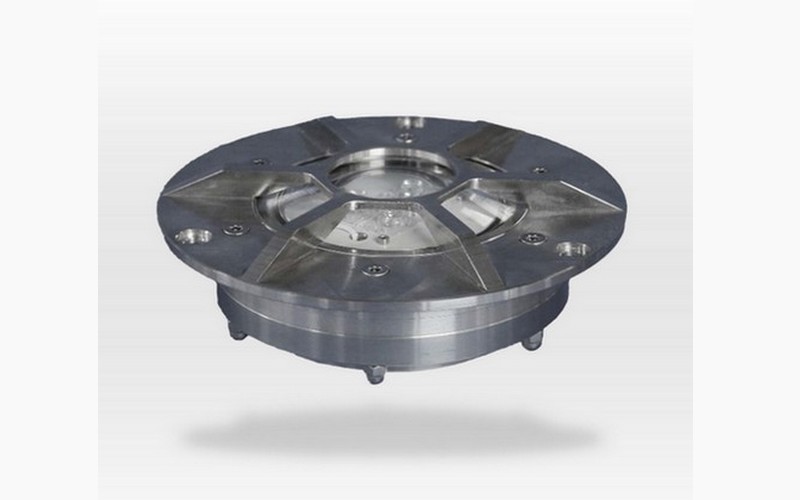
Lighting of elevated heliport
As the surface-level heliports, elevated heliports, mainly located on hospitals rooftops, have to be marked by lights to guide helicopters pilots during their operations, especially for use at night.
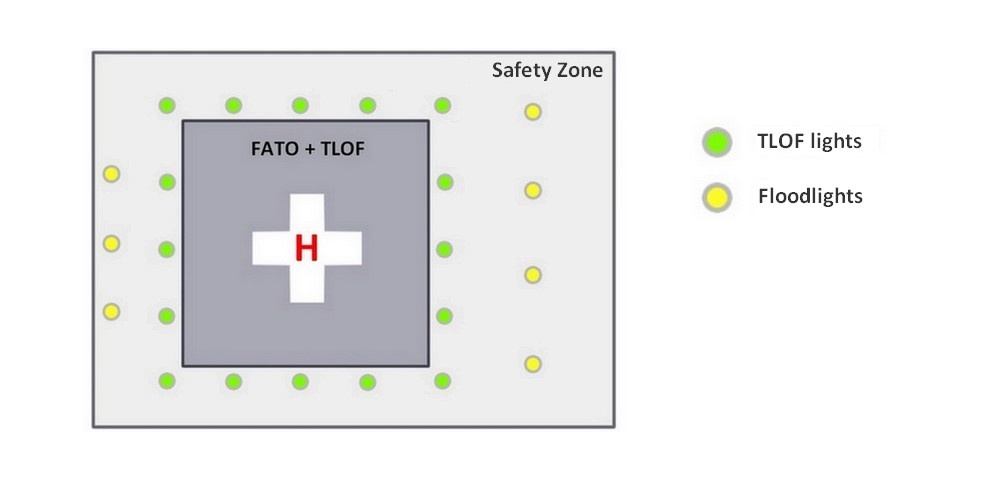
Lighting of elevated heliports
If a building is equipped with an elevated heliport, that is an heliport located on a raised structure on land, lighting beacons have to be set up along the edge of runways to help pilots during their take-off and landing operations.
In the case of an elevated heliport, Final Approach and Take-Off areas (FATO) are included in the Touchdown and Lift-Off areas (TLOF).
As a matter of facts, the heliport has to be lighted up with TLOF perimeter lights: fixed green omnidirectional lights, that should be inset or under 25cm high, spaced of 3m maximum.
To complete the marking of the TLOF area on elevated heliport, floodlights can be added.
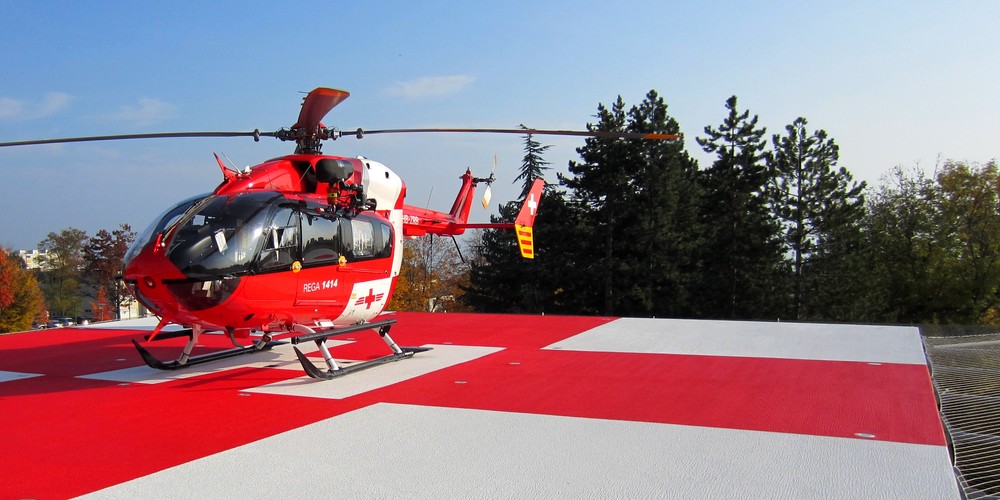
The case of sites for Emergency Medical Service by Helicopter
Hospitals platforms used for Emergency Medical Service by Helicopter missions, represent the majority of elevated heliports in France.
Elevated heliports used by air medical services have to be marked according to rules fixed by ICAO, and more precisely by DGAC in its layout guide for sites for Emergency Medical Service by Helicopter:
“FATO marking out: on elevated heliports, only TLOF marking is used.”
“TLOF marking out: at night (…) on elevated heliport : inset fixed green omnidirectional light, or green light panel omnidirectional, and floodlights, are set up.”
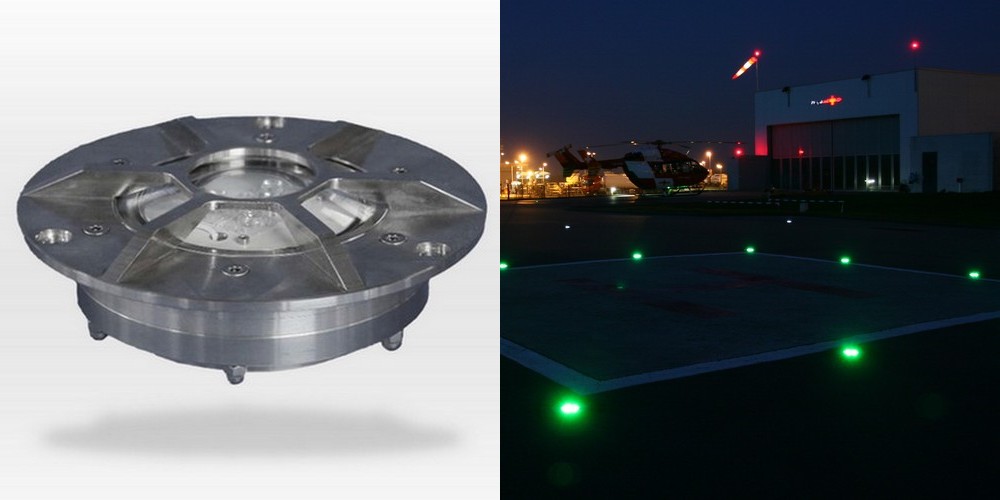
Touchdown and lift-off lights on elevated heliports
An elevated heliport intended for use at night is provided by TLOF perimeter lights: they are fixed green omnidirectional lights.
The TLOF lighting systems shall be minimum 4 on each side, including a light at each corner, intervals maximum 3m on elevated heliports.

Floodlights
On elevated heliports, Touchdown and Lift-Off lights (TLOF) are completed with lighting by floodlights, in order to improve the marks on the runway.
Height of floodlights shall not exceed 25cm.
The floodlights shall be located so as to avoid glare to pilots in flight or people working on the area.
They will be set up and arranged to reduce shadows on the runway.
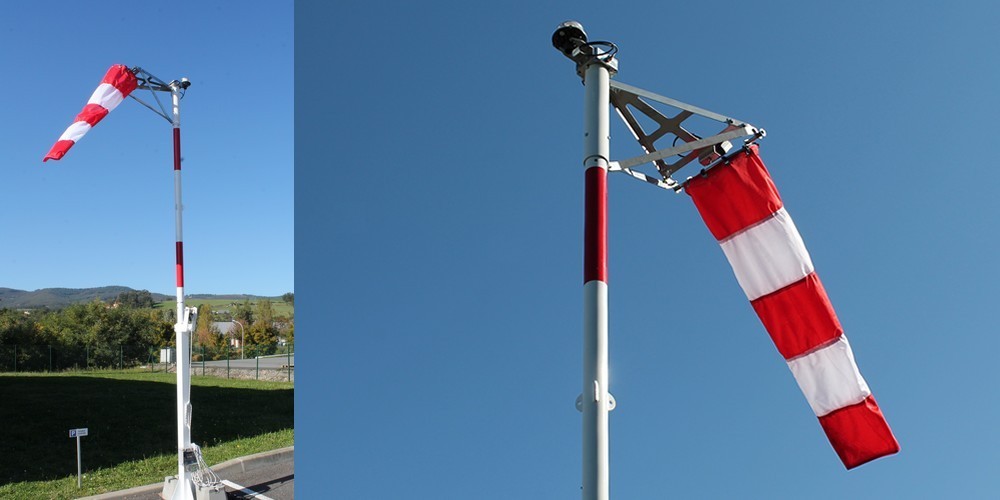
Wind direction indicators masts
Completely designed and manufactured in FRANCE, wind indicators masts from PROMIC are engineered according to international (ICAO) and national (STAC) standards. All our wind direction indicators get a required windsock, which can be lighted internally by a floodlight, and at the top of mast by an obstruction light LIOL-B.
Different sizes of indicator masts and windsocks are available :
- Standard wind indicator: height 6.20m – windsock Ø60x240cm
- Rooftop wind indicator: height 4.20m – windsock Ø30x120cm
- Wall wind indicator: height 4.20m – windsock Ø30x120cm – wall fixing
- Airport wind indicator: height 6.20m – windsock Ø90x360cm
- Wind indicator without light: height 4.20m – windsock Ø30x120cm
All our wind direction indicators are delivered premounted and preconnected on standard pallet.
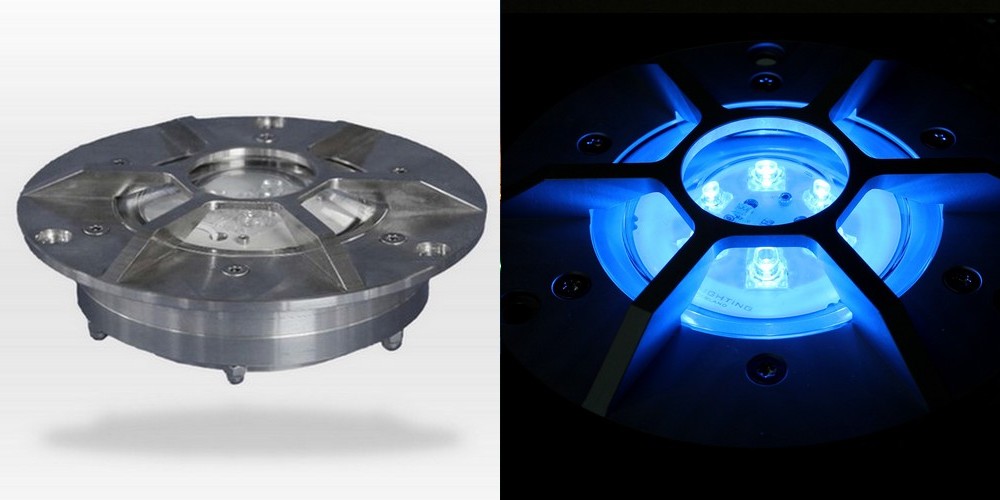
Taxiway lights
When an elevated or surface-level heliport has taxiways on the floor used at night, the taxiway has to be light with taxiway beacons. They are fixed blue omnidirectional lights, set up all along the taxiway edges, with an interval maximum of 60 meters.
We recommend the installation of 6 lights minimum (3 per edge), to better visualize the taxiway.
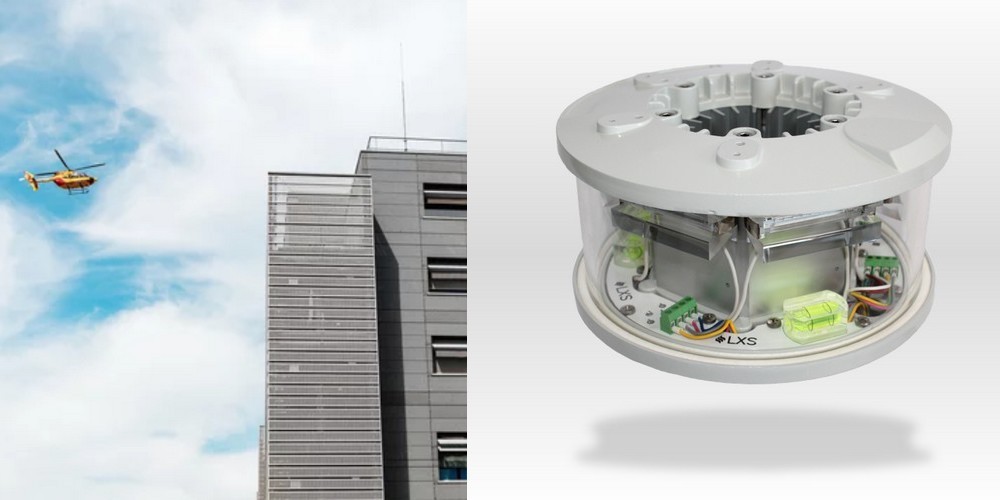
Heliport beacon
Heliport beacon is a LED lighting system designed for elevated helistations or helipads, particularly on hospitals rooftops. This heliport lighting provides pilots with visual identification of the landing area, emitting a serie of white flashes (Morse code) to ensure safe and precise location of the building.
Installed on an elevated point, the beacon guarantees visibility from all directions without dazzling pilots. The system is powered and controlled via the remote control cabinet included.

Remote control by radio
Every heliport light can be controlled by different kind of systems, from remote control or manual light switch.
PROMIC, in partnership with AEROLIGHTING, developed a remote control system for all heliport lights by VHF radio. Thanks to his own VHF radio system on board, the pilot himself can turn on, turn off, or adjust heliport lights intensity from his helicopter.
Find out more information about heliport lights remote control on our dedicated page.
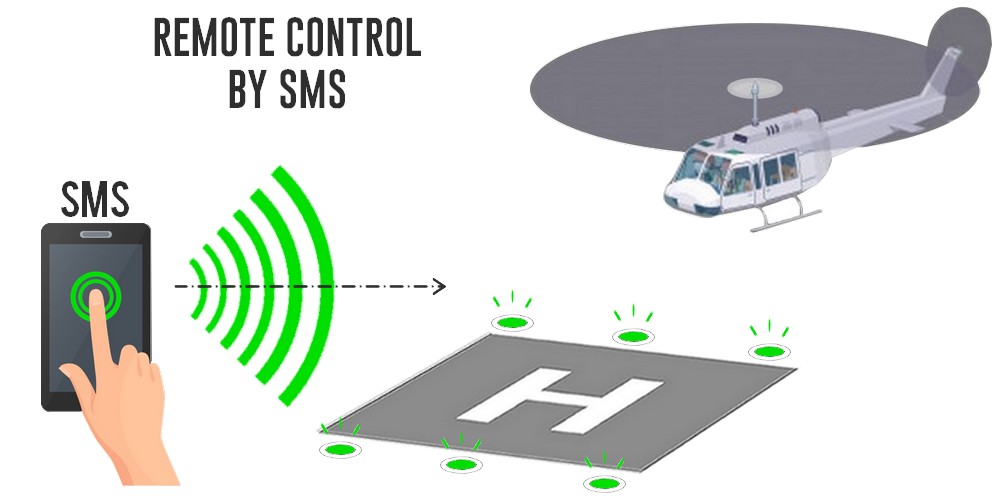
Remote control by SMS
Every heliport light can be controlled by different kind of systems, from remote control or manual light switch.
In partnership with AEROLIGHTING, PROMIC created a remote control system for all heliport lights by sending/reception of SMS. Thus, the heliport lights control can be activated from any place thanks to the SIM card on a mobile phone.
Find out more information about heliport lights remote control on our dedicated page.




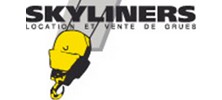
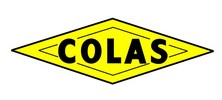

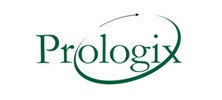

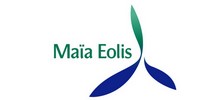
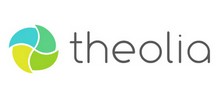

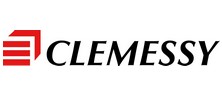




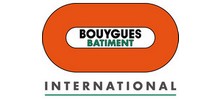

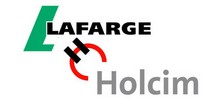

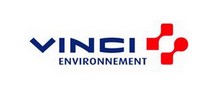


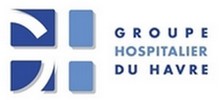


-

Comment remplacer une balise d'hélistation défectueuse avec une balise lumineuse encastrée HFTR ?
Tunis: the Culture Tower lighted by PROMIC obstruction light
-

Comment remplacer une balise d'hélistation défectueuse avec une balise lumineuse encastrée HFTR ?
Marseille: the CMA CGM tower lighted by PROMIC
-

Comment remplacer une balise d'hélistation défectueuse avec une balise lumineuse encastrée HFTR ?
Beaconing of local project for PROMIC: the Envol Stadium
-

Comment remplacer une balise d'hélistation défectueuse avec une balise lumineuse encastrée HFTR ?
An efficient solution for crane operators: the beaconing kit for cranes
-

Comment remplacer une balise d'hélistation défectueuse avec une balise lumineuse encastrée HFTR ?
The kit for wind measurement mast:



